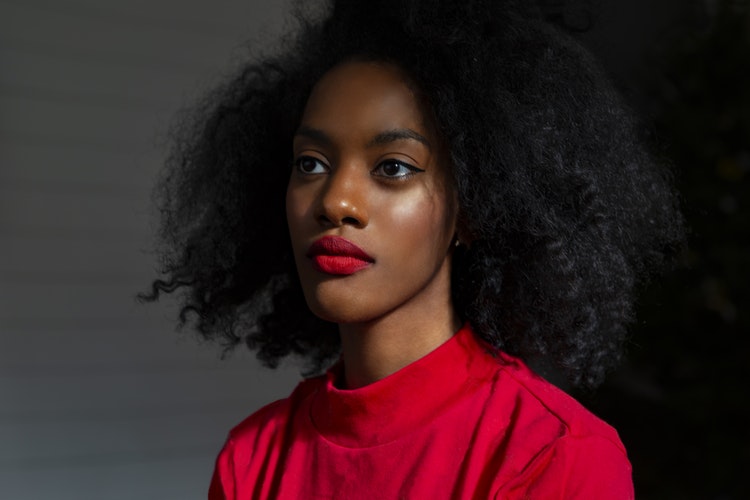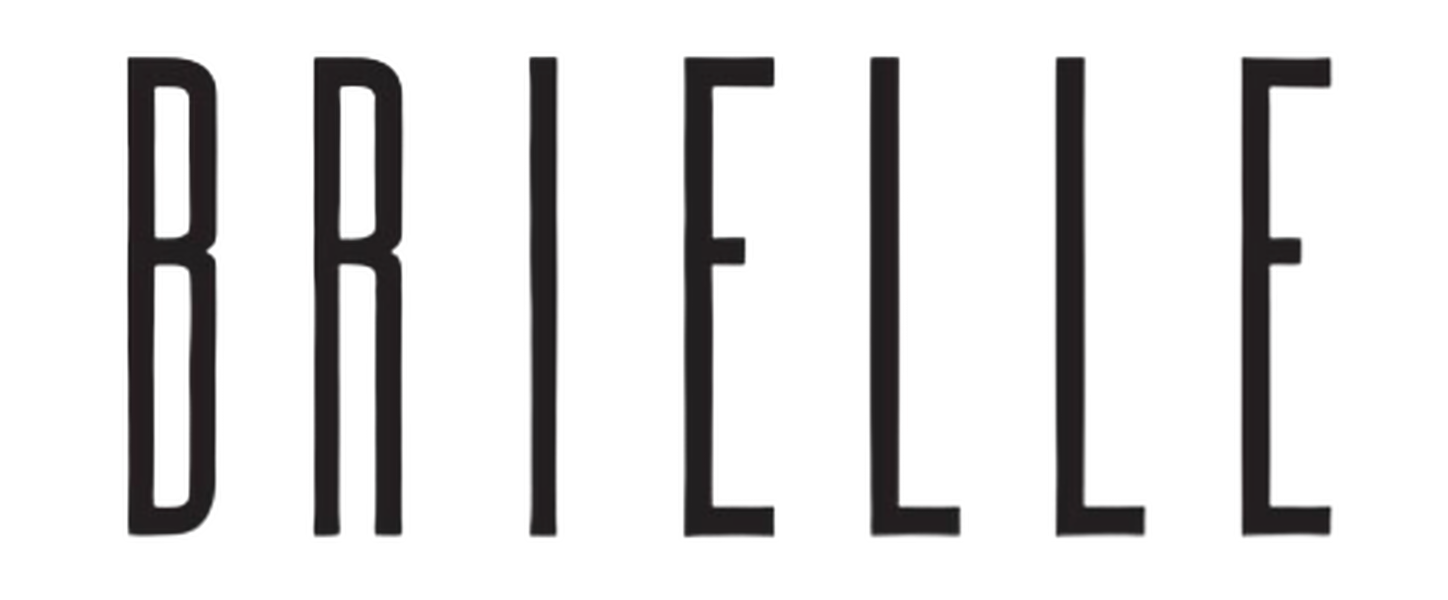Love your mane: Know your hair type

I am a Christian, A life-long learner, Customer Relationship Manager,…
Hello Jaffa,
Happy Midweek! I hope you all have been doing great? Erm before we get to the business of the day I think I should let you know that Jaffa is a Hebrew word/name for beautiful J yep! You are beautiful inside out and don’t let anyone tell you otherwise *Hi-Five!*. Ok, this one today is on special request, she said: “but me I don’t know my hair type o??”If you are stuck there too read on you are just about to find out!
In the quest to understand and grow your hair, knowing your hair type is a good start off point. Determining your hair type will enable you to know the right products and practices to use for your hair. It will guide you on what to do for your mane to keep it healthy. It will go a long way to help you build your personalized Hair Regimen (Redirect to Hair Regimen 101). I’ll try and make it simple and easy to understand so you can easily carry out the test. It’s quite easy to do though but you can go to your trusted stylist or friend to help you out.
Hair type is best determined when your hair is clean and absolutely free of any hair product in order word you will need to shampoo, condition and AIR Dry your hair ( using a blow dryer may alter results). Don’t use any styling product.
Ready?! We are going to be through Five (5) processes to know your hair type:
- Determine hair density
- Determine hair texture
- Determine hair porosity
- Determine hair elasticity
- Determine oiliness of the scalp
First, on the list let’s determine your Hair density
How many strands of hair cover your head? How closely do your hair strands grow on your head? Now grab a mirror and a rat tail comb or go stand in front of one let’s do a quick observation. Are you there? It’s not like you are counting the individual strands o, part your hair at the center using the tail comb how much hair do you see growing out? Ok another one randomly, part your hair at a different spot on your head and look at that patch of hair. Is there so much hair that you can barely see your scalp? That indicates you have high density and the reverse is the case for thin/low density and when you can see some scalp then you have medium density. It’s possible that the density of your hair will differ at different spots on your scalp.
Hair Texture
Here we go! Gently run your fingers through your hair, you will surely find a hair shed (a strand that fell out on its own not a broken hair o, to identify it you will see a tiny, white “root” attached to it). Look at it carefully; does it look thick, medium or fine? If you can’t tell compare it with another person’s strand or get a magnifying glass LOL seriously OR get a sewing thread, place it side by side with your hair. If your hair strand is thicker than the threaded piece you’ve got a coarse hair texture. If your strand is about the same as the threaded piece you have a medium hair texture. If your strand is thinner than the thread, you have a thin/fine hair texture.
Hair Porosity
This refers to the ability of your hair to absorb and retain moisture. You can either have low porosity, medium porosity or high porosity.
How do you know the porosity of your hair? Immediately after washing your hair, blot out excess water with a towel or T-shirt (preferably). Feel the hair, if it feels dry already and straw-like then you have low porosity. If your hair fairly wet then you have medium porosity and if your hair feels sticky like you didn’t wash our all the product then you have high porosity. Or you can do the float test, pour water into a bowl. Drop a strand of your hair into the bowl, if the strand floats you have low porosity, if the strand sinks mid-way you have medium porosity and if the strand sinks to the bottom of the bowl then you have high porosity.
Hair Elasticity
This is the measure of how much the hair can stretch and returns to its normal state- have a rubber band in mind. A healthy hair can stretch up to 50% of its length and return to its original state when wet and can only go 20% when dry. A high elastic and medium elastic hair can be easily styled with rollers and can withstand heat styling tools because it can retain curls but low elasticity may lose its curls quickly and very prone to breakage.
Test your hair, catch a strand again, now hold both ends and stretch small by small gently. The hair will eventually snap but the question is when? so watch it. If you hair snaps almost immediately then your hair elasticity is low, if it stretches for a while and snaps its ok you can work on it but If it stretches for a long time before it snaps then you’ve got yourself a highly elastic hair.
Oiliness of the Scalp
After air drying your hair, give it 8-12 hours or leave it overnight without applying any product. This will give your scalp time to produce its natural oil, sebum. In the morning or after 8-12hours press tissue down different spots on your scalp if you see oil residue on the tissue you have an oily hair, if you see only traces of oil on the tissue you have normal hair and when you see no oil at all you have dry hair.
So that’s quick and easy, at the end you should be able to tell your hair type and the current state of your hair. With this, you are able to pick the right product and styles that will go well with your hair and not affect the health of your hair.
Don’t be overwhelmed yet J by your discovery, oh you just found out you have a fine, porous hair and oily hair??? There are products specifically made for different types of hair. I’ll be sharing a little more on this and a basic Product Guide for hair types ensure you don’t miss it! Get excited, do something you’ve been running away from (stop procrastinating already!) before the weekends. Stay Blessed.
What's Your Reaction?
I am a Christian, A life-long learner, Customer Relationship Manager, A healthy Hair Advocate, A Chocolate Cake lover and more...



Very educative. Thanks Nora.
I’m glad you got something new! Thanks, Share too ☺
Nice *thumbs up*